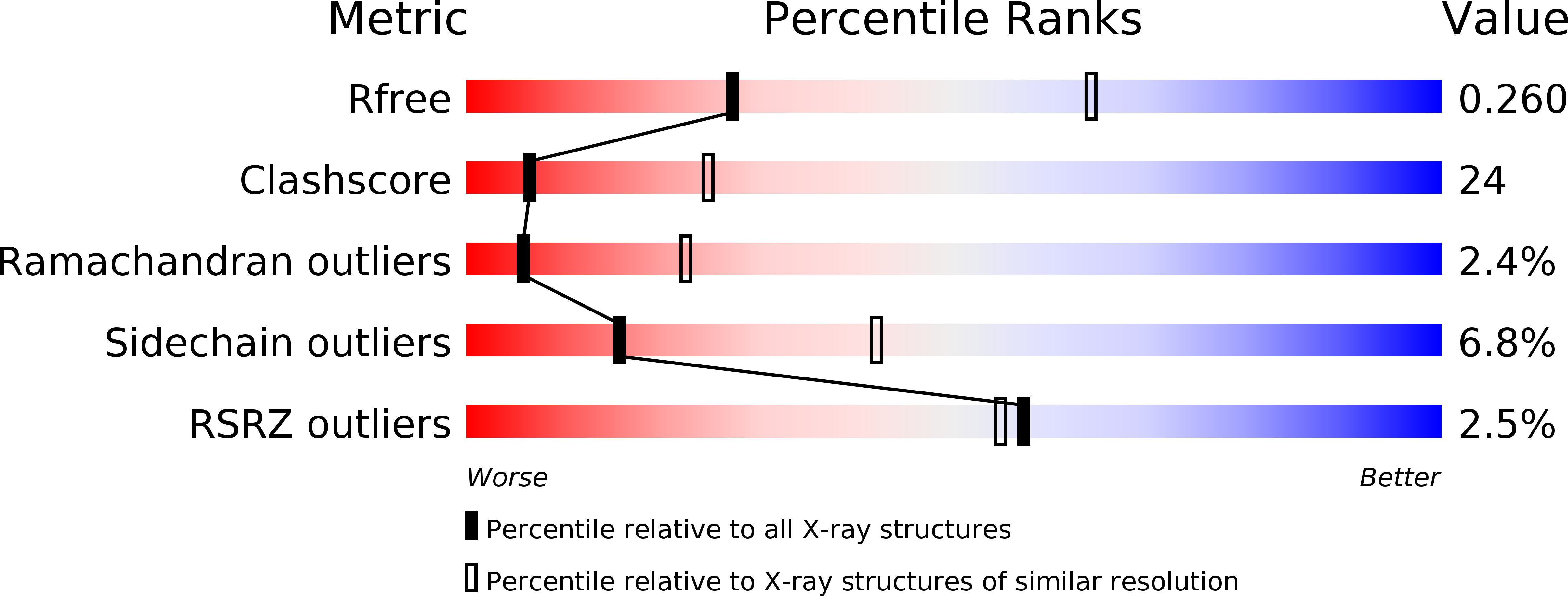
Deposition Date
2002-08-21
Release Date
2002-09-27
Last Version Date
2024-11-20
Entry Detail
PDB ID:
1MI1
Keywords:
Title:
Crystal Structure of the PH-BEACH Domain of Human Neurobeachin
Biological Source:
Source Organism:
Homo sapiens (Taxon ID: 9606)
Host Organism:
Method Details:
Experimental Method:
Resolution:
2.90 Å
R-Value Free:
0.26
R-Value Work:
0.23
R-Value Observed:
0.23
Space Group:
P 61


